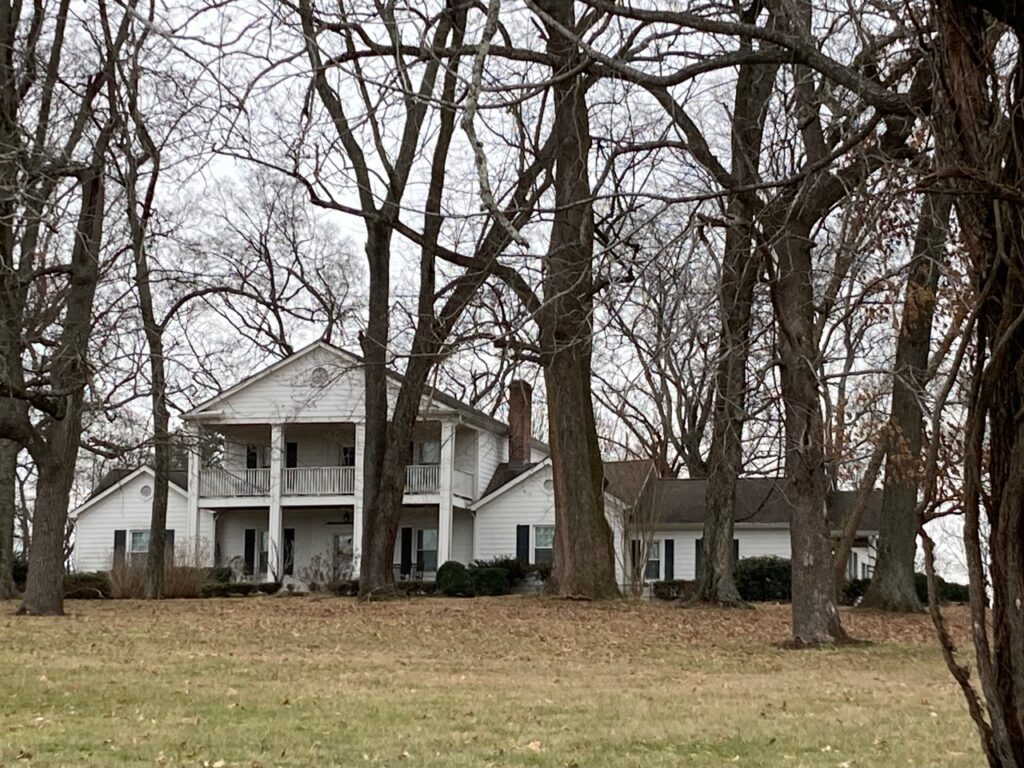History
WILLIAMSON COUNTY HISTORY
Native Americans hunted in what is now Williamson County as early as 12,000 BC; later farming and trading cultures such as the Mississippians (1050-1475 CE) established permanent villages along the Natchez Trace. Early white settlers in the 1790s came into conflict with tribes such as the Muscogees and Chickasaws who hunted and fished in the area. After the establishment of Williamson County and Franklin in 1799, slaveholding plantations such as Carnton became mainstays of the county’s prosperity. After the bloody Battle of Franklin and the end of slavery, freed blacks established communities such as Hard Bargain in Franklin, but were subject to legal discrimination and lynchings until the civil rights era. While industrialization of the county began in 1929 with the founding of Dortch Stove Works in Franklin, rapid in-migration and business growth started about 1960 and have continued to the present, such that Williamson County has now become the wealthiest county in Tennessee. Today, diversified businesses, quality healthcare, and excellent schools have made Williamson County an attractive place in which to live.

CARNTON PLANTATION and THE BATTLE of FRANKLIN
Less than a mile from Dallas Downs is the historic Carnton Plantation. It was built by former Nashville mayor Randal McGavock, who owned more than a thousand acres of surrounding land. At the mansion’s completion in 1826, it was one of the most elegant estates in Williamson County. The Greek Revival plantation was noted for its fine thoroughbred horses and large political gatherings, hosting such notables as Andrew Jackson, James K. Polk, Judge John Overton, and Sam Houston. Carnton Plantation was built as a showplace with entertaining in mind. Incorporated in the home are some of the finest examples of workmanship in the area, including unusual usage of color, carved water tables, fine limestone lintels, brackets and numerous windows are outstanding.
The night of November 30, 1864 found the rear lines of Stewart’s Corps on the lawn at Carnton. A steady stream of dying and wounded was brought to the house throughout the night. Dawn found all but one room filled with wounded and five Confederate generals lay dead on the back porch. Many of the dead are buried in the McGavock Confederate Cemetery, maintained today by the United Daughters of the Confederacy.McGavock loaned or gave much of his wealth to the Confederate cause, thus the family was cash poor after the Civil War. Their vast properties were sold piecemeal for needed cash over the years following the war, until the house was sold out of the family in 1911. Today, the home is managed by the Battle of Franklin Trust and is open for tours.
THE DALLAS FAMILY HOMESTEAD and DALLAS DOWNS SUBDIVISION
On September 19, 1898, William Henry Glass purchased the land known as Dallas Downs from Winder and Suzie Lee McGavock, heirs to the Carnton property. This parcel of land was handed down to his granddaughter, Sarah Glass Polk Dallas (1903-2000). Mrs. Dallas and her husband Hugh Douglas Dallas built the existing white home located at the front of the Dallas Downs subdivision in 1936. Its siding is made from cypress wood and the flooring throughout the house is walnut. The farm was formerly known as “Walnut Grove Farm” and was known for its centuries-old walnut and tulip poplar trees. Sarah Dallas was a collateral descendant of President James K. Polk, while her husband, was a direct descendent of Polk’s vice-president, George M. Dallas.
The building of Mack Hatcher Parkway split the farm, thus the decision was made to develop it into two subdivisions, Dallas Downs and Polk Place. The homes were built and occupied largely between 1990 and 1994.

